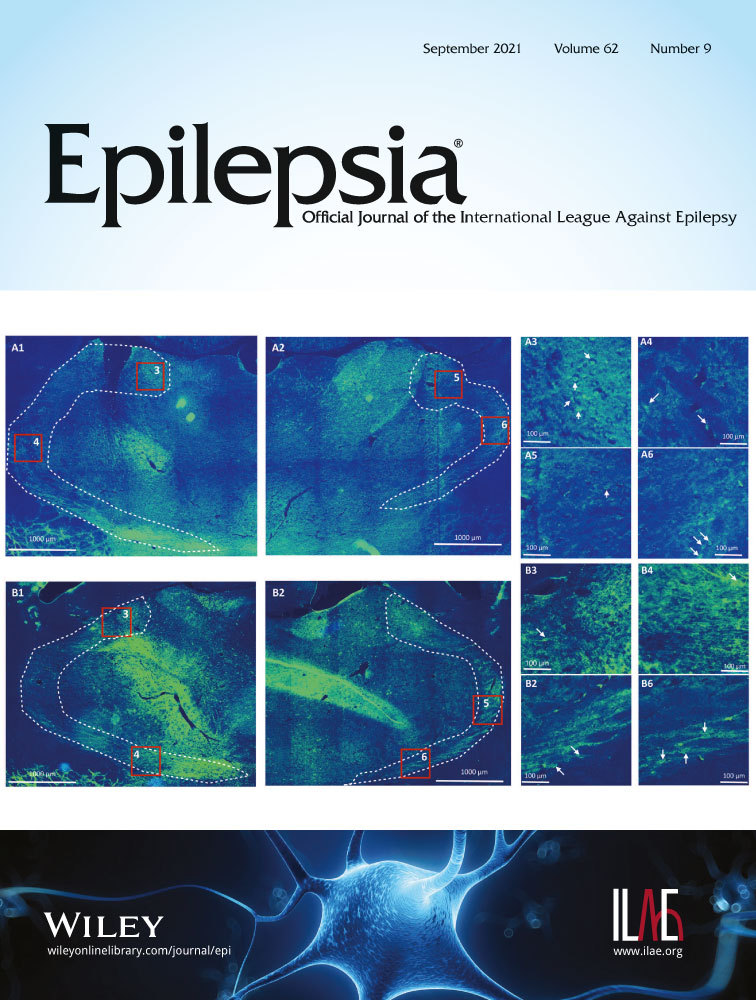Value of smartphone videos for diagnosis of seizures: Everyone owns half an epilepsy monitoring unit
Abstract
The diagnosis of epilepsy is primarily based on the history and the verbal description of the events in question. Smartphone videos are increasingly used to assist in the diagnosis. The purpose of this study is to evaluate their value for the diagnosis of seizures. We prospectively collected smartphone videos from patients who presented to our epilepsy center over two years. The video-based diagnosis was then compared to the eventual diagnosis based on video-electroencephalographic (EEG) monitoring with recorded episodes. Video-EEG studies and smartphone videos were reviewed by two separate physicians, each blinded to the other's interpretation. Fifty-four patients were included in the final analysis (mean age = 34.7 years, SD = 17 years). Data (either smartphone video or video-EEG monitoring) were inconclusive in 18 patients. Of the 36 patients with conclusive data, 34 (94%) were in agreement. Smartphone video interpretation can be a useful adjunctive tool in the diagnosis of seizure-like events.
CONFLICT OF INTEREST
None of the authors has any conflict of interest to disclose. We confirm that we have read the Journal's position on issues involved in ethical publication and affirm that this report is consistent with those guidelines.




